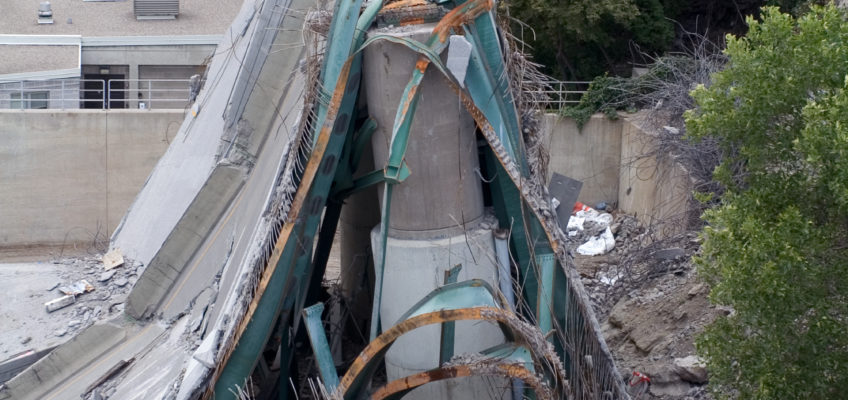Analyzing Bridge Failures: Past Incidents and Preventive Measures
Bridges are marvels of human engineering, offering not just convenience but also a reflection of a city’s architectural prowess. However, despite being designed to withstand nature’s wrath and the test of time, bridges, like all infrastructures, are not immune to failures.
Historically, bridge collapses have been catastrophic events that lead to tragic loss of life, property, and massive financial implications. Take, for instance, the infamous collapse of the Tacoma Narrows Bridge in 1940. Dubbed “Galloping Gertie,” this suspension bridge in Washington State met its untimely end just a few months after its grand opening due to wind-induced vibrations. The failure taught engineers invaluable lessons about the importance of considering aerodynamic forces in bridge design.
The Morandi Bridge collapse in Genoa, Italy, in 2018 is another chilling reminder of the potential dangers lurking in aging infrastructure. A segment of the bridge, measuring about 210 meters, gave way during a heavy rainfall, killing 43 people. Preliminary investigations suggested corrosion in the cables housed within the concrete-encased stay cables was a potential cause.
While these incidents shed light on structural vulnerabilities, they also pave the way for innovative solutions and better engineering practices. The silver lining is that failures lead to progress. As forensic engineers dissect the remnants of collapsed bridges, they gain insights that inform future designs, ensuring newer bridges are safer and more resilient.
So, what preventive measures have been implemented to avert such disasters?
- Regular Maintenance and Inspection: Bridges, especially those with significant traffic load, are now subjected to regular checks to detect and address potential issues like cracks or corrosion before they escalate.
- Incorporating Technology: Modern bridges are equipped with sensors to monitor their health. These sensors can detect early signs of stress, movement, or damage, enabling timely interventions.
- Improved Materials: Advances in material science mean that bridges can now be constructed using materials that are more durable, resilient, and can withstand environmental factors better than their predecessors.
- Better Design Principles: Lessons from past failures have made it imperative for engineers to consider factors like aerodynamics, earthquake resilience, and even the impact of climate change while designing bridges.
In conclusion, while past bridge failures have been tragic, they’ve played a pivotal role in advancing the field of civil and forensic engineering. Through constant learning, rigorous inspection regimes, and the integration of cutting-edge technology, we can hope for a future where such incidents are anomalies rather than risks.





